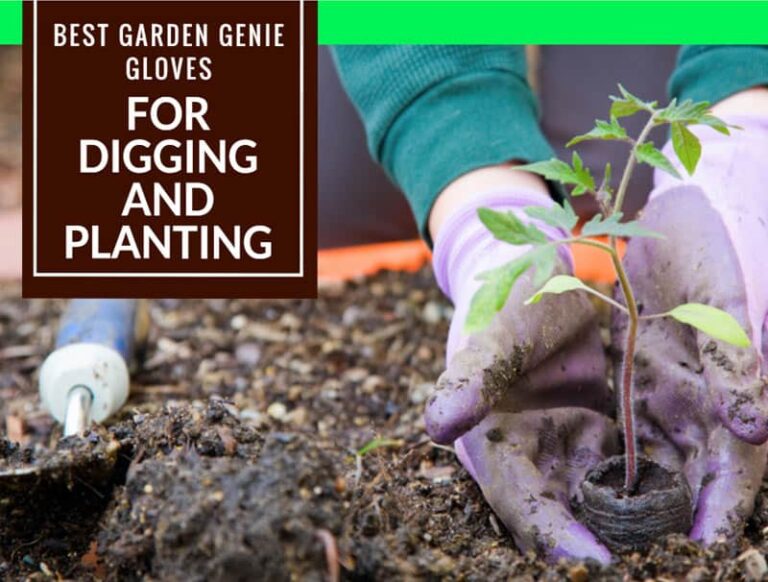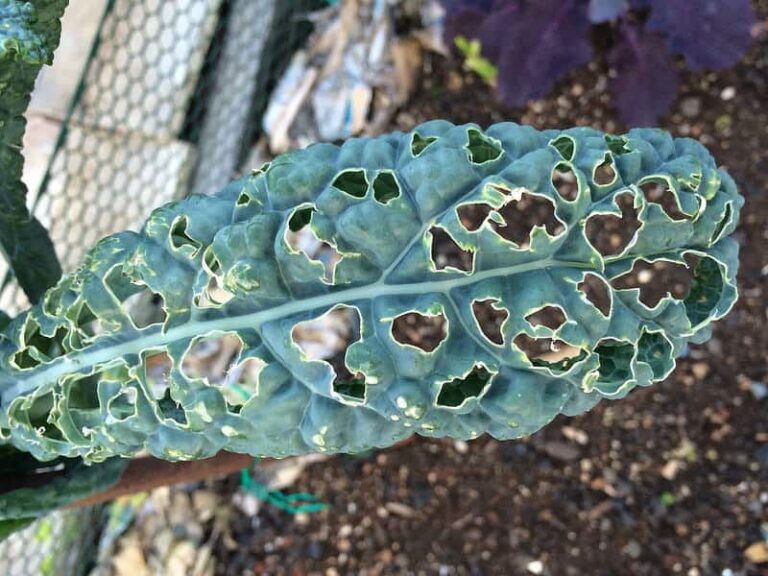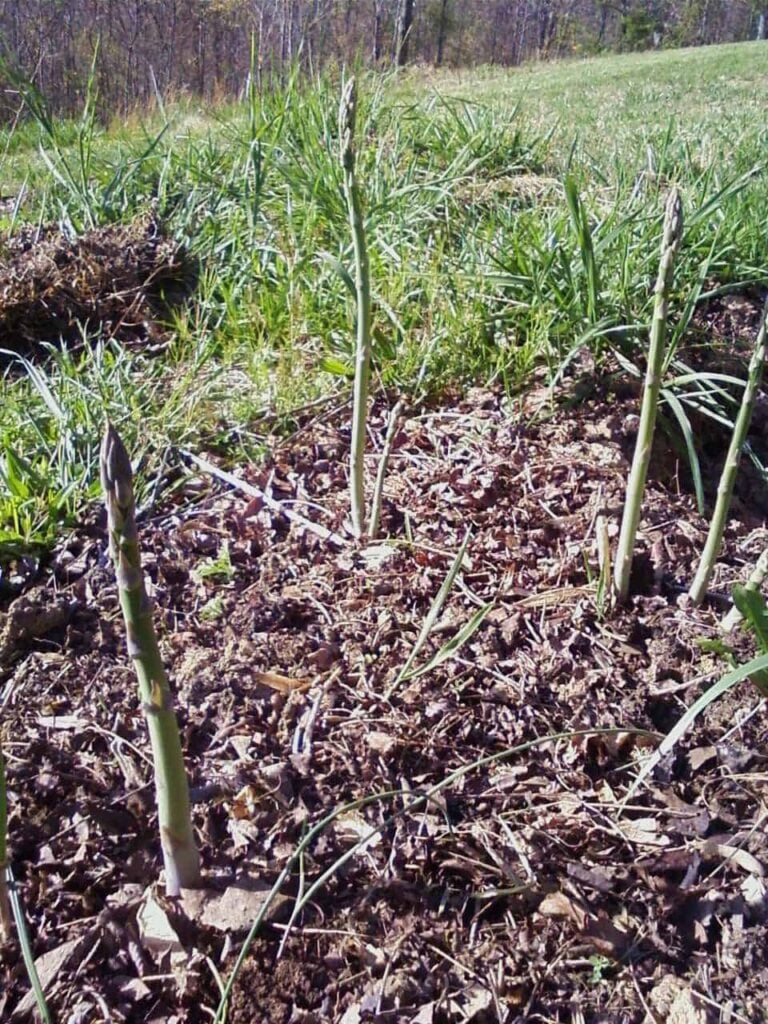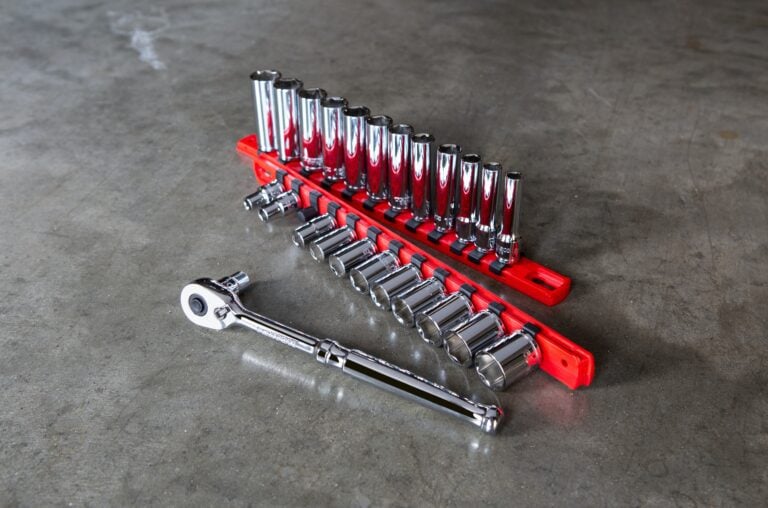Finding the Best Fertilizer for Garlic
If you’re looking for a good fertilizer for Garlic, we recommend Down to Earth 5 Pound Blood Meal. If you plan on growing them, they’re going to need some serious TLC to thrive properly, regardless of what your endgame with this onion cousin may be. One of the best ways to ensure this extra love is by picking the right fertilizer, and we like that one. Still, there are plenty of other great options (see below).
Our Picks for Best Fertilizer for Garlic
[wptb id="506962" not found ]Growing Garlic is Easy! But…
On paper, garlic is not that difficult to cultivate. However, a successful crop does require a healthy chunk of patience. It takes about 150 to 180 days for the plant to mature depending on the type of garlic you decide to grow.
Garlic plants are also heavy feeders, in large part because it takes them so long to grow. As such, it’s wise to start feeding them with the nutrients they need right when they get planted.
When to Grow Garlic
Even though it takes a long time for garlic to grow, it has a pretty flexible timeline when it comes to the planting process. Just know that the time you choose to plant them will have an impact on the bulbs.
For instance, you can start planting garlic in the spring at pretty much the moment you can work the ground. However, if you plant the cloves in the fall, you’ll tend to have bigger, more flavorful garlic bulbs on your hands when the time comes to harvest.
The trick with planting in the fall, however, is that you’ll have to get to your garden and take care of business before the frost kicks in and makes the ground unworkable. If you live in an area that tends to get a hard frost, you’ll want to plant your cloves roughly 6 to 8 weeks before the frost arrives.
Selecting the Right Garlic Fertilizer
When you use fertilizer for your garlic, you’re doing so to help the soil surrounding the cloves be as loose, loamy, and well-draining as possible. If the soil doesn’t achieve these metrics, your garlic will rot.
The best way to achieve this type of soil composition is to use a fertilizer that’s rich in nitrogen. Typically, the appropriate fertilizer will have materials like blood meal, alfalfa, bone meal, or guano to bring about this element. A good fertilizer will list precisely the materials that make up their product very clearly on their bag.
You’ll be able to see just how much nitrogen is in the fertilizer by reading the trio of numbers listed on the bag. These numbers translate to the percentage of nitrogen, phosphorous, and potassium contained in the bag, relative to the size of the bag. The higher the percentage, the more of these nutrients the bag contains.
It’s important that you take these numbers into account. If you over-fertilizing your soil with one nutrient – particularly phosphorous – you run the risk of doing more harm than good to your crop.
Other Important Steps
Fertilizer is a key component to a successful garlic-growing season. However, it’s not a magical substance that will guarantee mind-blowing results. There are other steps you must take to bring about ideal garlic health.
As is the case with a lot of planted foods, spacing is very important. Ideally, you’ll want to make sure the cloves you plant are spaced about 4- to 6-inches apart. If you’re working with rows, you’ll want to make sure they’re spaced one foot apart.
It’s also important that you plant the cloves with their pointed end facing upward, since that’s where the plant will grow from. Depending on the time you plant the cloves, you may want to consider covering the planted area with mulch.
You may also want to consider doing a soil test on your designated planting area to see precisely what nutrients may be lacking in your dirt. Once you get a read on this information, you can then hone in on the precise type of fertilizer that can bring your soil to optimal nutrient balance.
Our Recommendation: Down to Earth 5 Pound Blood Meal
There is a touch of scientific acumen to growing great garlic in your garden. While this may be a thrilling part of building your green thumb, it could be a pain to others. For those that find themselves in the latter category, simplicity is of paramount importance.
We like the Down to Earth 5 Pound Blood Meal because it does a good job of keeping things simple. Its numerical formula reads 12-0-0; this translates to the fertilizer being 12% nitrogen. Considering that garlic needs a good level of nitrogen to thrive, this singular focus on the nutrient may make it easier for the novice gardener to work with.
The product also serves as a primer to how important blood meal can be in a proper fertilizer, should you decide to try your hand at making your own fertilizer down the road. While it admittedly doesn’t have the most appealing name in the world, it excels at breaking down tough, unforgiving soil, infusing it with nutrients along the way.
Fertilizer simplification also seems to go hand in hand with growing garlic in general. Even though it takes a long time for the payoff to manifest, the fact remains that garlic is a pretty easy crop to grow, even for beginners. This is even made more clear if you use a no-nonsense fertilizer.
If you keep things simple and allow the garlic to simply run its course from a growth standpoint, you’ll be rewarded with one of the most versatile items that a garden can produce. Just be sure to keep a few cloves aside to re-start the growing process the following year.
You May Also Read – Best Fertilizer for Cucumbers
Do you have only a small garden or even only a balcony? Then you might be interested in growing flowering herbs.
Photo by pneumann70 licensed under CC0.




